Look up any article about “boldness” or “courage” on the Internet and you’ll inevitably find some quote from a famous person propping up the first paragraph. So here’s our big, bold move of the day: we’re going to ditch the quotes and define it ourselves.
Although scientists recently discovered the part of our brains that lights up when we’re feeling brave (it’s the subgenual anterior cingulate cortex, duh), boldness also lives in the habits and traits of those that possess it. It’s a thunder in your veins, a stampede in your soul, and a lasso roped around your fear. (How’s that for a quote?)
We partnered with Toyota and analyzed the boldest, most daring people out there to find what they do that makes them courageous.
They possess a radical -- even alien -- vision for the future. 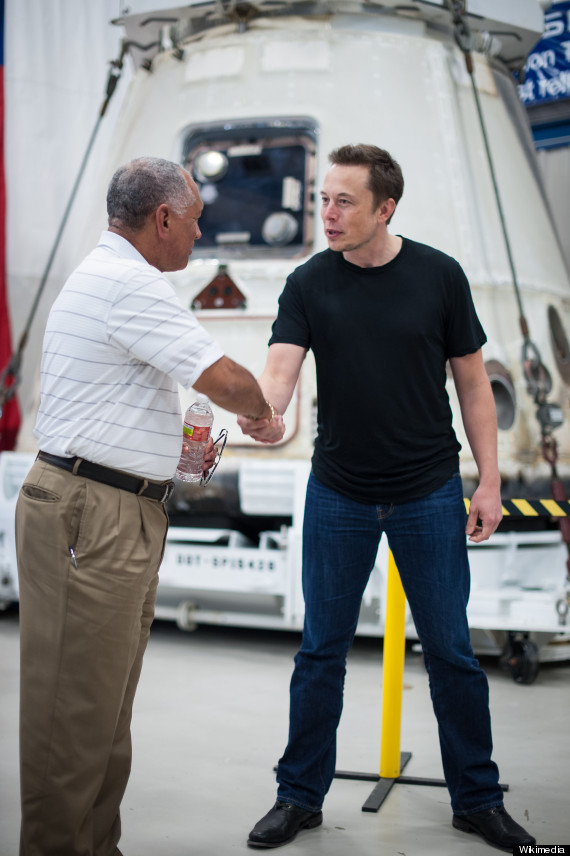
No one could ever accuse Elon Musk of dreaming small. In 2001, when Musk was but a young, millionaire entrepreneur behind Internet start-ups like Paypal, his vision of founding a space company to bring humanity to Mars seemed closer to lunacy than boldness. Now SpaceX, his dream turned into actual space agency, has completed over 15 launches and partnered with NASA. Pretty good for someone without an engineering degree.
They’re not fearless: They find their fear, then surmount it.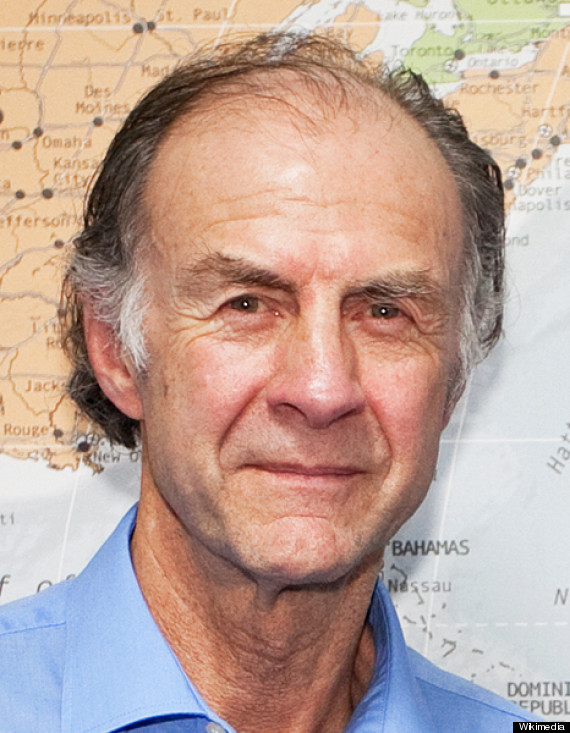
It’s pretty doubtful that anyone ever called Sir Ranulph Twisleton-Wykeham-Fiennes a coward. A British special operative, writer and explorer, Sir Fiennes has hiked (unsupported, meaning no resupplies) across the Arctic and Antarctica. Four months after recovering from bypass surgery, he ran seven marathons in seven days across seven continents. And yet Sir Fiennes admits that he is afraid of heights. His solution? Become the oldest Briton to climb Mt. Everest, at age 65.
They act first, regardless of pain, hardship and humiliation. 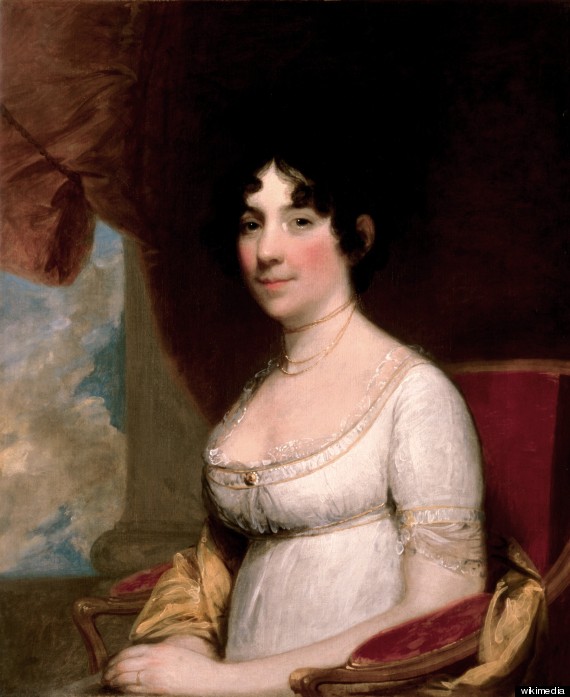
Surely there are many tough men and women who disregard pain and hardship in pursuit of daring deeds. And then there is First Lady Dolley Madison.
During the War of 1812, with British forces advancing towards Washington, Madison refused to budge from the White House without her husband. If she were a man, she told staff, she would mount cannons from the windows of the White House and fight to the death. As more bedraggled soldiers flooded in, she finally agreed to leave -- but not without the residence’s famous portrait of George Washington. Informed that it would take too long to remove from the wall, Madison remained undeterred. She ordered the frame to be smashed. Then, with the battle almost upon her, she finished writing a letter to her sister.
They soar past limits and boundaries. 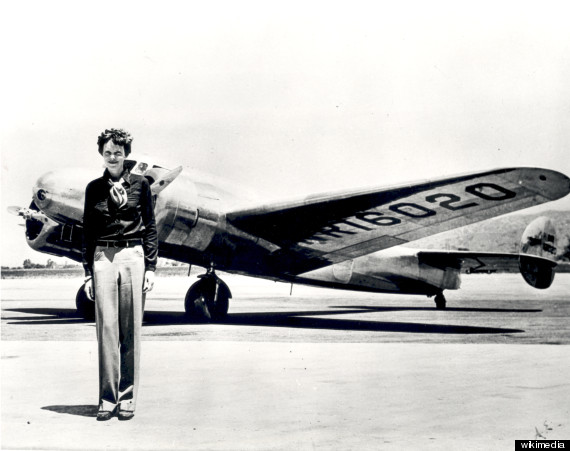
When Amelia Earhart was offered the chance to fly across the ocean in 1928, she jumped at it. And so she became the first woman to cross the Atlantic -- in the passenger seat. Pilot Wilmer "Bill" Stultz flew the plane the whole way, because conventional wisdom held that women couldn’t be trusted on such a long flight. Had Amelia Earthart accepted her status, history probably wouldn’t remember her.
Instead, she pushed. In 1932, braving bad weather and frozen instruments, and with every excuse to quit, she landed in Northern Ireland after a fifteen-hour flight across the Atlantic.
Their resolve sustains them -- even when utterly alone. 
In 1999, Aung San Suu Kyii’s husband lay dying in Britain. The brutal Burmese military junta, which had imprisoned “The Lady” for her championing of peaceful democracy, offered to let her travel to see him. She refused, believing their offer to be a ruse to get her out of the country for good. Her husband passed away, and she would spend another decade in detention, barred from seeing her sons.
Yet The Lady never wavered. She never recanted her beliefs. And when she was released, when she was elected to the government in a landslide, her words displayed her unbending, daring focus: she warned that Burma was still not safe from autocracy.
They let failure shape them, but are never reprogrammed by it.
For a decade, Steve Jobs wandered the wilderness of Silicon Valley. He had been ousted from Apple -- the company he built, by a CEO that he had personally selected -- over disastrous sales flop like the Apple “Lisa.” His second software venture, Next, failed to be the next big thing -- or anything other than a stepping stone back to Apple. But the trials he encountered fed his later success; it let him be free to create, rather than solely profit. Upon returning to Apple, he launched another famous line of products (and there’s a good chance you’re reading this on one of them.)
They make everyone else’s definition of success a laughing matter. 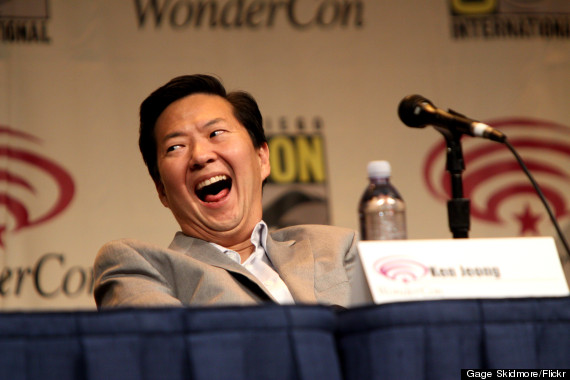
Many people might look at an undergraduate degree from Duke, a medical degree from the University of North Carolina and a successful career in medicine and call it a life. That was not the case for Dr. Ken Jeong, better known as the boldly nude villain in The Hangover. For years, Dr. Ken was both successful doctor and struggling comedian, leaving his shifts to perform stand-ups at local comedy clubs. When the offer finally came to appear in film, he quickly shed his lab coat. (Everything else followed.)
They speak up, stand up, shout out. 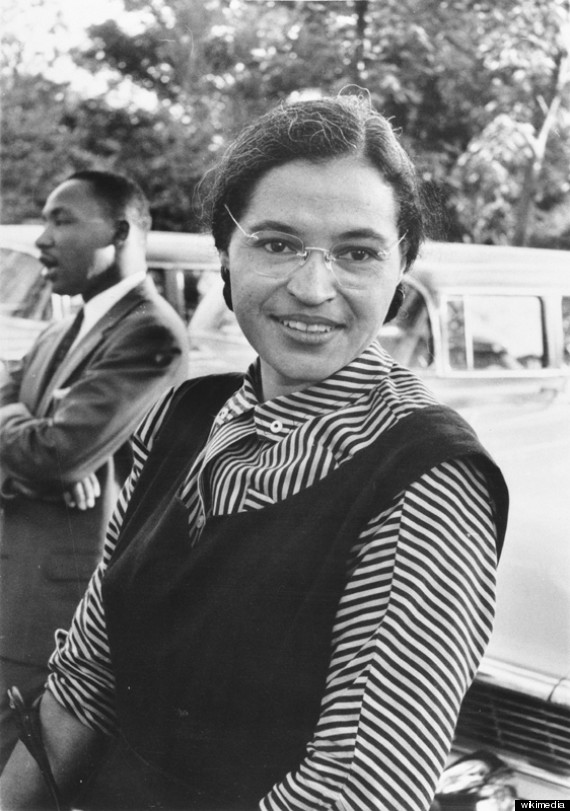
December 1st, 1955 was the day that 42-year-old seamstress Rosa Parks refused to leave her seat -- and etched her name into American history. But 12 year earlier, the same famous rider suffered through another, less-publicized injustice on the very same bus.
The racist rules of Montgomery, Alabama required that Parks exit the bus through its back door. It was chilly that day, and Parks refused to move from her spot up front. She stood firm, even when the enraged bus driver James Blake began yanking on her sleeve. For Rosa Parks, standing up was a way of life.
When faced with outdated thinking, they know that they have to trust their gut. 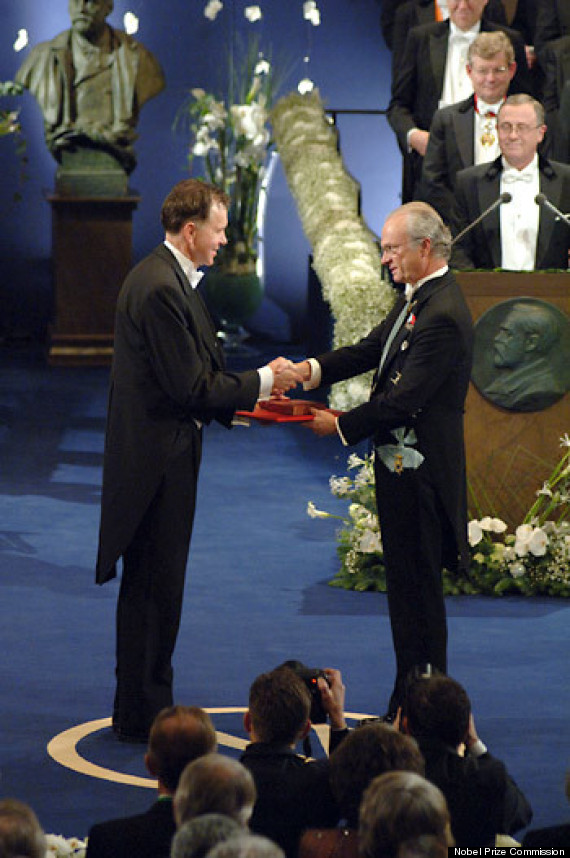
Dr. Barry Marshall just had a hunch. Although he believed he had traced the cause of ulcers and stomach cancer to the bacteria Helicobacter pylori, he couldn’t convince the gastroenterological orthodoxy that ulcers could be cured with antibiotics. Only primates were affected, and Australian law forbade experiments on humans, so Marshall took the matter into his own hands (and stomach.)
He mixed a cocktail of bacteria, drank it and gave himself ulcers. For this gulp of faith, he earned a Nobel Prize in 2005.
Of course, you don't need to lead a revolution or down a bacterial cocktail to be bold. Leave a comment, and tell us about the habits of the courageous people that inspire you.